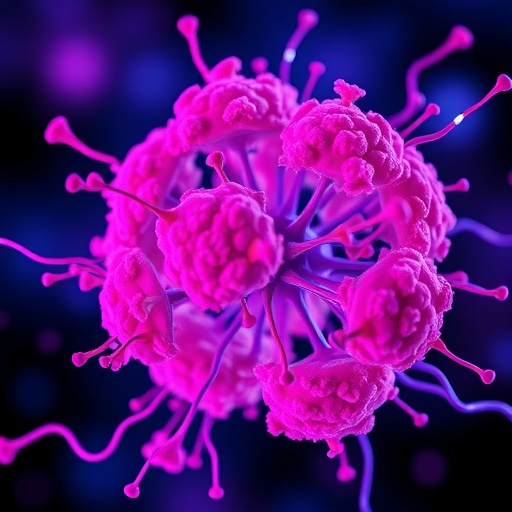Discovery may be key to understanding nutrient and water uptake in crops
ST. LOUIS, MO, February 13, 2019 – Agricultural productivity depends on supplying crops with adequate nutrients. To that end there is interest in using an ancient plant symbiosis with fungi to improve the ability of crops to absorb nutrients from the soil. Found in most plants, the symbiosis is formed when select soil fungi invade plant root cells, using plant lipids and sugars to proliferate without harming the plant. The fungal cells reward the plant’s hospitality by sending hyphae out into the soil and absorbing nutrients such as nitrogen and phosphate, transporting them back into the root and providing them to the plant. Because the fungus mimics the function of plant roots the symbiosis is known as mycorrhiza (“fungal roots”). A number of startup companies are centered on developing fungal inoculum that lead to the development of crop mycorrhizal symbioses.
The importance of the mycorrhizal symbiosis to plant growth has led to a large body of research into their formation and function, yet there are critical unanswered questions. Howard Berg, director of the Imaging and Microscopy Facility at the Donald Danforth Plant Science Center and his collaborators have discovered a previously unknown compartment within these symbiotic cortical root cells that could be important for nutrient exchange and molecular communication between the symbiotic partners. The findings, “Extensive membrane systems at the host-arbuscular mycorrhizal fungus interface,” were recently published in Nature Plants.
This research investigated the region in the mycorrhizal root cell where the plant and fungus come close together to exchange things, the periarbuscular space (PAS), a region between the plant cell membrane and the fungal cell membrane. To now, the PAS was considered to be basically a plant cell wall matrix that the exchanged material diffused through in going between partners. The paper shows that there are plant membranes within this matrix that form a sort of pipeline linking the plant cytoplasm to regions next to the fungus, and the fungus also forms membrane tubules adjacent to the plant pipeline. “These membrane arrays suggest that the two symbiotic partners have developed an elaborate means for efficient exchange of nutrients and other molecules that has been previously unknown”, Berg said. Now the stage is set for continued research to confirm that these membranes function as suggested, and to elaborate how this might be enhanced to make for a more efficient symbiosis.
The team’s research built upon previous studies by deploying high pressure freezing techniques that provided more accurate preservation of cell structure. “We used cryofixation to ultra-rapidly freeze the root tissue. Using high pressure jets (~2000 atmospheres) of liquid nitrogen the roots were frozen in six milliseconds without cellular ice crystal formation, and providing state of the art preservation of cellular structure. Using thick resin sections and electron tomography allowed us to capture a much better three-dimensional view of the extensive membrane compartments within the matrix of the PAS and a massive elaboration of membrane tubules within the arbuscule,” Berg said.
###
Collaborators include: Sergey Ivanov and Maria J. Harrison, Boyce Thompson Institute and Jotham Austin II, University of Chicago.
Images and video are available upon request.
About The Donald Danforth Plant Science Center
Founded in 1998, the Donald Danforth Plant Science Center is a not-for-profit research institute with a mission to improve the human condition through plant science. Research, education and outreach aim to have impact at the nexus of food security and the environment, and position the St. Louis region as a world center for plant science. The Center’s work is funded through competitive grants from many sources, including the National Institutes of Health, U.S. Department of Energy, National Science Foundation, and the Bill & Melinda Gates Foundation. Follow us on Twitter at @DanforthCenter.
Media Contact
Karla Roeber
[email protected]
314-406-4287
https:/




